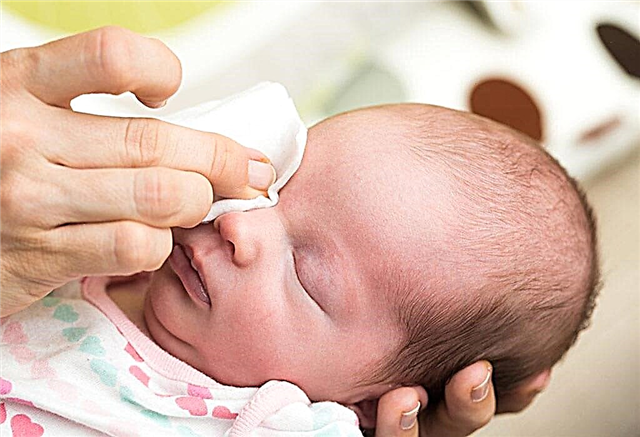
All children love to play in the sandbox, but parents are not always able to provide them with such a fun pastime, for example, if it is raining or snowing outside, or the yard is polluted by stray animals. The best solution would be to arrange your own sandbox at home, but it is better to take the sand for games not ordinary, but live.
Appointment
The sand, which is called living, was created in South Korea for classes with children. Such material allows you to have fun, fantasize, come up with different games, study shapes, sizes, counting and much more.

Benefit
- Safe and harmless for the child, as it is an environmentally friendly material.
- Classes and various games with it help in the development of thinking, memory and imagination.
- Thanks to the tactile effect and the development of fine motor skills, playing with it stimulates the development of speech.
- You can play with him at any time of the year, regardless of the weather outside. The purchase will help in organizing children's leisure time in the winter or in the rain. At the same time, you can play in the home sandbox with your parents or friends.
Pros compared to regular sand
- Does not stain the child's hands or the playing surface. It can be easily washed off both from the baby's handles and from his clothes.
- Has a pleasant white color.
- It is more flexible and allows you to easily sculpt different figures. To the touch, it is somewhat reminiscent of wet sea sand. It does not need to be mixed with water to maintain its viscosity.
- It is crumbly and children like to pour it from the molds into the container.
- It is very pleasant to the touch, and therefore children enjoy playing with it, relax and calm down.
- Dangerous microorganisms cannot develop in living sand, which makes it advantageously different from outdoor sand.
- It is very easy to assemble it. After the game, he will not pollute the entire room, but will remain in a limited area.

Minuses
- The cost is quite high. This material is more expensive than similar kinetic or space sand.
- If you store it for a very long time, a "musty" smell appears, especially if the container with sand is closed.
- It can stick to clothes and shoes, and although it is quickly washed off with water, this will reduce the amount in the package over time.
- Since its density is quite high, a 500 g package does not hold very much material.
Composition
The sand, which is called living sand, consists of small shell rock and a small amount of a binding agent. Although it is only about 2%, it is this substance that determines all the properties of living sand. At the same time, many parents are interested in whether it is dangerous if a child swallows it.
The manufacturer assures that the shell rock, having entered the digestive tract in small quantities, will not affect the child's health in any way. Give your child some water and watch the baby more closely.

Types and what can be included in the set
Live sand is sold in packs of 500 g and 1500 g, as well as in sets of several boxes with a total weight of 3 and 4.5 kg.
You can also purchase kits containing a set of molds and an inflatable sandbox. A variety of accessories for playing with live sand are sold separately - rugs, containers, molds, scoops, spoon-knives, seals and much more.

At what age can you give?
The manufacturer recommends starting exercises with live sand from the age of 3. However, under the supervision of an adult, you can play with such material from one year old.
It is only important not to leave the baby to sculpt alone and not to allow the baby to eat it.

How much do you need for a full game?
The smaller the child who gets live sand, the less material he needs to play. This is because children under the age of 3 years quickly lose interest in any occupation and are less assiduous. A small package of 500 g is enough for them.
Also, small packages are in demand as a gift, so that the gifted baby tries a new unusual material for modeling.
If a child loves to tinker with sand, you are buying such material for your baby over 3 years old for the first time, or if you want to purchase it for several children, look closely at large packages weighing 3 kg or more.

Storage and operation features
- It should be stored in a container, and it is not advised to close it with a lid. The material will retain its properties only when oxygen is available.
- Arrange games and practice with him should be away from direct sunlight.
- It is important not to allow any liquid to enter it. If some of the material gets wet, it should be discarded.
- Before starting the game, make sure that the child's hands are completely dry.
- Monitor your child's play, making sure that no material gets into your child's mouth, eyes or ears.
- It is advisable to play on a flat and smooth surface. The best choice for playing games is glass, plastic or a special mat. Do not scatter it on cloth, paper, or other porous surfaces.
- Keep it away from dirt and foreign objects.
- Do not add ordinary sand, plasticine, clay and other modeling materials to this material, so as not to violate its properties.

Where could I buy?
Buying in many cities is still a difficult task, because this material was created and began to be sold outside of South Korea relatively recently.
If there is no such material for modeling in the children's store in your city yet, contact specialized online stores selling branded live sand. Such a product will definitely have documentation confirming its quality and safety.
Reviews
Parents who have already purchased live sand for their babies are mostly satisfied with such a purchase. They call safety, high quality and originality the main advantages. Mothers note that children like to deal with this ecological and harmless material. Yes, and parents also mold from it with great pleasure.

Among the disadvantages, most parents call it high cost. There are also complaints about the appearance of an unpleasant odor, the lack of color options and the complexity of storage.
Analogs
In addition to living sand, other types of sand for modeling - kinetic and space - similar to it are now presented on the market.
Although all these materials are called sand and are used for educational games, they have their own differences. First of all, this is a country of origin - if live sand is produced in Asia, then the Swedes are engaged in the production of kinetic sand, and space is a domestic product. This also causes a difference in cost (but living is more expensive than even kinetic).
Such species differ in their composition (the basis of living sand is shell rock, and of other species - quartz sand), and consistency. In addition, they have a different color - living sand is white, and space and kinetic brown or colored.

Can you do it yourself?
Since the price of live sand is quite high, many parents are interested in the possibility of creating an analogue with their own hands. And it is really possible to make similar material at home.
To do this, you will need the following materials:
- Fine refined quartz sand. The best option would be one that is sold for animals (birds, chinchillas).
- Starch. Both potato starch and corn starch work well. It can also be replaced with cornmeal.
- Pure water.
- Food coloring or watercolors.
You can read more about the process of making live sand with your own hands in another article.




